VIR, a foundation stone of FDI in Vietnam

I have to admit that arriving back in Ho Chi Minh City 23 years after starting the Vietnam Investment Review and seeing the enormous change and growth was quite a shock, even more so to travel to Hanoi a week later and see the growth there.
But I had to smile to see so much prosperity and employment and to think that my friends and I from Australia had been here to help a group of enthusiastic Vietnamese journalists and officials to help get this all moving - it was an amazing feeling.
It was September 1991 when I first arrived in Ho Chi Minh City. It was the time of the Doi Moi policy, or open-door to investment and the government of Vietnam wanted to promote the country to external investors.
At that time foreign investment was low, the tallest building in Saigon was the Caravelle Hotel and in Hanoi almost no large buildings existed on the banks of the West Lake and no factories were started on the way from the airport. Indeed, factory investment across the country was still small, manufacturing was small and foreign direct investment in many sectors was non-existent.
With the help of the then State Committee for Cooperation and Investment (SCCI), under the leadership of Prof. Dr Nguyen Mai, we started publishing the first foreign-cooperation English language newspaper since the end of the war. It was tough. We had to find typewriters (yes typewriters but later basic PCs), then staff, then people who could train them (mostly expatriate backpackers hauled in to help), telex machines for AFP wire copy and then of course selling advertising.
Selling advertising was mostly a case of the foreign managers convincing other foreigners at the local bars to promote their companies here and for our Vietnamese sales staff to convince Vietnamese export companies to promote their products to the world.
I remember we used to sit around trying to think of catchy advertising lines for our advertisers. One company was exporting dragon fruit so we used the line “have you ever eaten a dragon?”
Of course it was not all smooth-sailing, we had to also open a Hanoi office and later moved the printing from Itaxa in Ho Chi Minh City to the Hanoimoi newspaper in Hanoi, near Hoan Kiem lake.
Eventually we moved to the bigger Tien Bo Printing house and a larger office, this gave up much more capacity to grow.
By the mid-1990s we had expanded to more than 260 staff, with about 30 expatriate staff and we had launched a Vietnamese version of the paper called Viet Nam Dau Tu Nuoc Ngoai.
Together with Professor Mai we also held investment forums and continued to promote Vietnam all over the world through talks and by the newspaper itself being sent to hundreds of countries.
Eventually the foreign side of the newspaper was sold to Australian Consolidated Press, then owned by the late billionaire Kerry Packer. Mr Packer continued to support the newspaper and even assisted with the development of a joint-venture between Hanoi Television and Channel 9 Australia.
By 1998 the business cooperation agreement had come to an end and the paper reverted to the control of the Ministry of Planning and Investment (MPI) that had superseded the SCCI.
I am proud that a group of young Australians including myself played a role in training hundreds of Vietnamese journalists and technical staff and that we played a role in helping Vietnam reach out to the world of foreign investment.
I am proud to see the MPI has continued to produce the newspaper and recently during a visit to Hanoi I picked up a copy at the airport and smiled at the memory of so many years producing the paper. It was good to see the great quality of the paper remains. It is also great to see that the newspaper has a large and content-rich website.
The future for VIR
The challenge now for the newspaper like any paper is to grow in a market where newspapers are becoming less of a habit for people to buy and read in paper format.
The first and most important issue is for VIR to re-think its true value of content – there is no point in promoting “general” investment news anymore, it must strive to provide information that is very hard for anyone else to get – clever analysis, insight and case studies that investors can really use.
Such newspapers have become highly-defined valuable newsletters – very valuable to high-level investors in the fields of manufacturing, stock market investment, property development and other areas.
I wish the team at VIR all the best for the future and I for one, now that I am back working in Vietnam, shall continue to follow it, especially the online editions.
What the stars mean:
★ Poor ★ ★ Promising ★★★ Good ★★★★ Very good ★★★★★ Exceptional
Latest News
More News
- MB aiming for 30 million customers by end of year (April 22, 2024 | 17:43)
- Vietnam central bank postpones gold bar auction (April 22, 2024 | 15:27)
- Freshfields promotes Eric Johnson to international partnership in Hanoi (April 22, 2024 | 08:00)
- Vietnam asks Apple to make it global production base (April 16, 2024 | 16:11)
- Experts give insight into Vietnam's retail sector (April 16, 2024 | 09:00)
- Amendments to gold regulations on agenda (April 12, 2024 | 16:10)
- PV Power secures $300 million loan to fund LNG plants (April 10, 2024 | 17:06)
- Wartsila CEO explores outlook of Vietnam's energy transition (April 10, 2024 | 15:22)
- Driving dual transformation (April 09, 2024 | 17:05)
- Development highlights in Q1 through expert’s lenses (April 08, 2024 | 16:48)



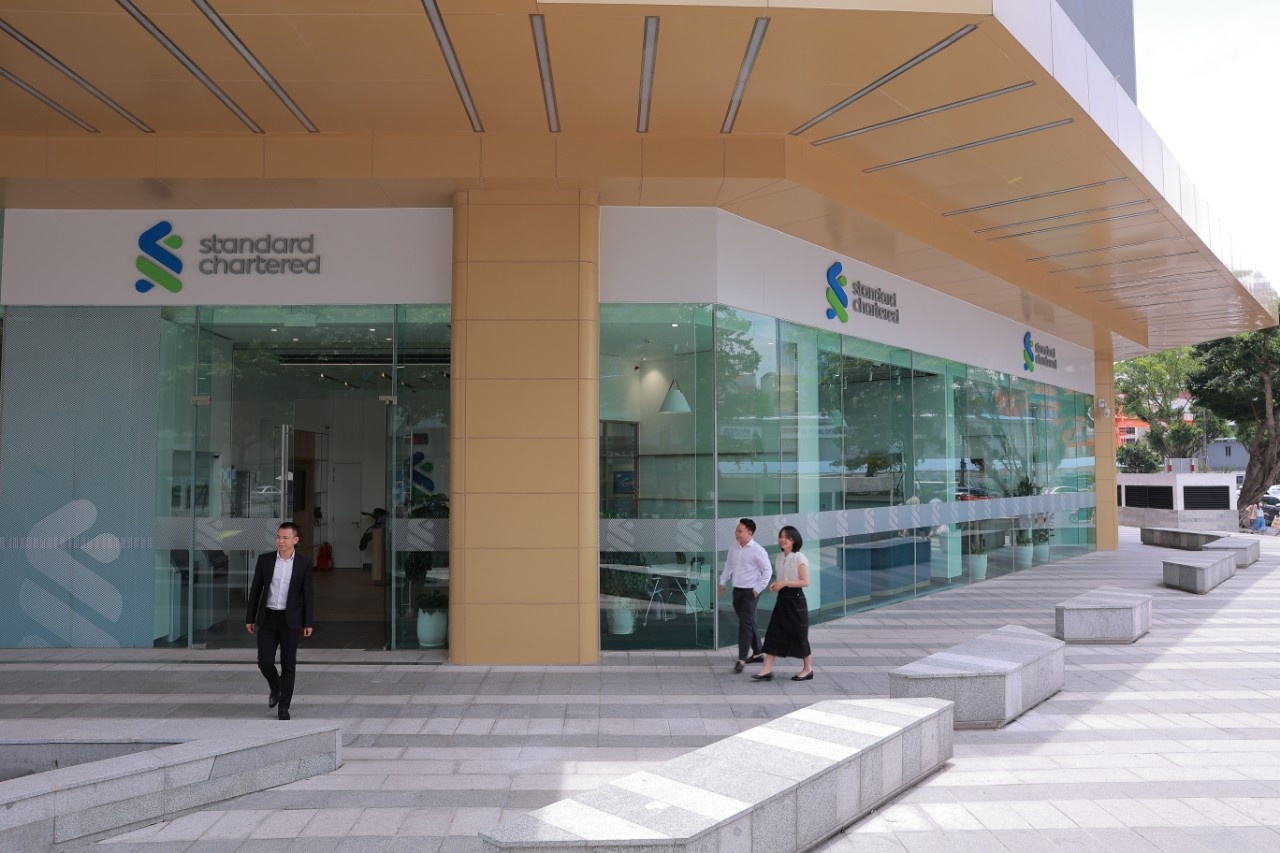

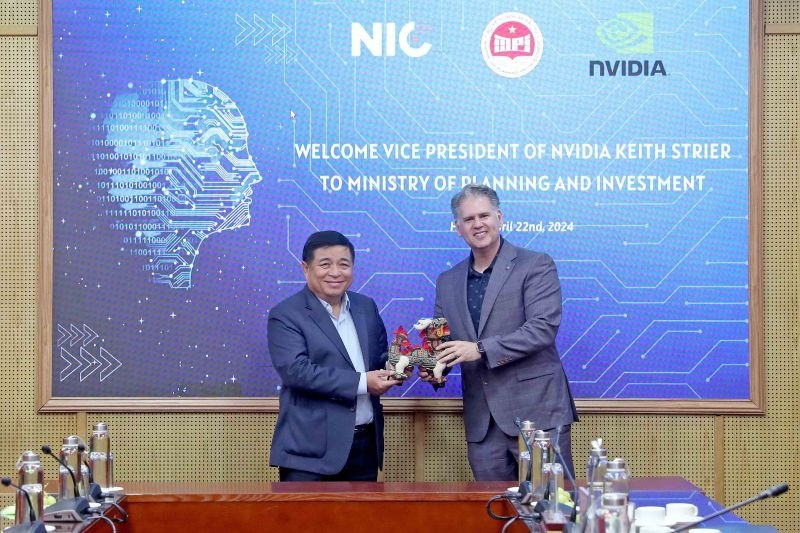





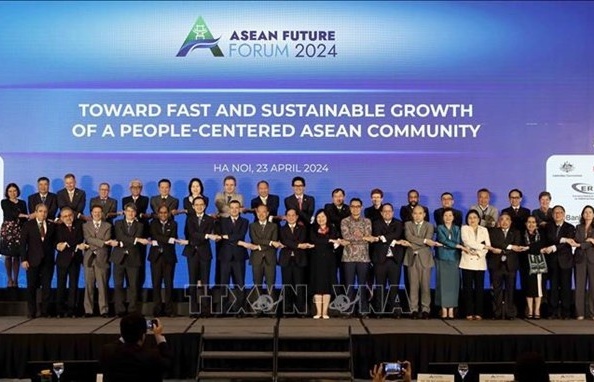

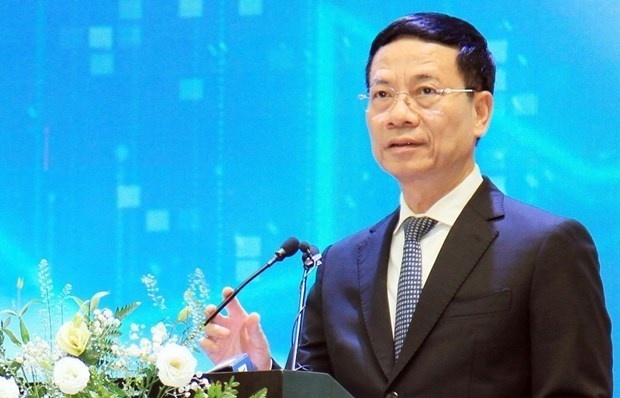
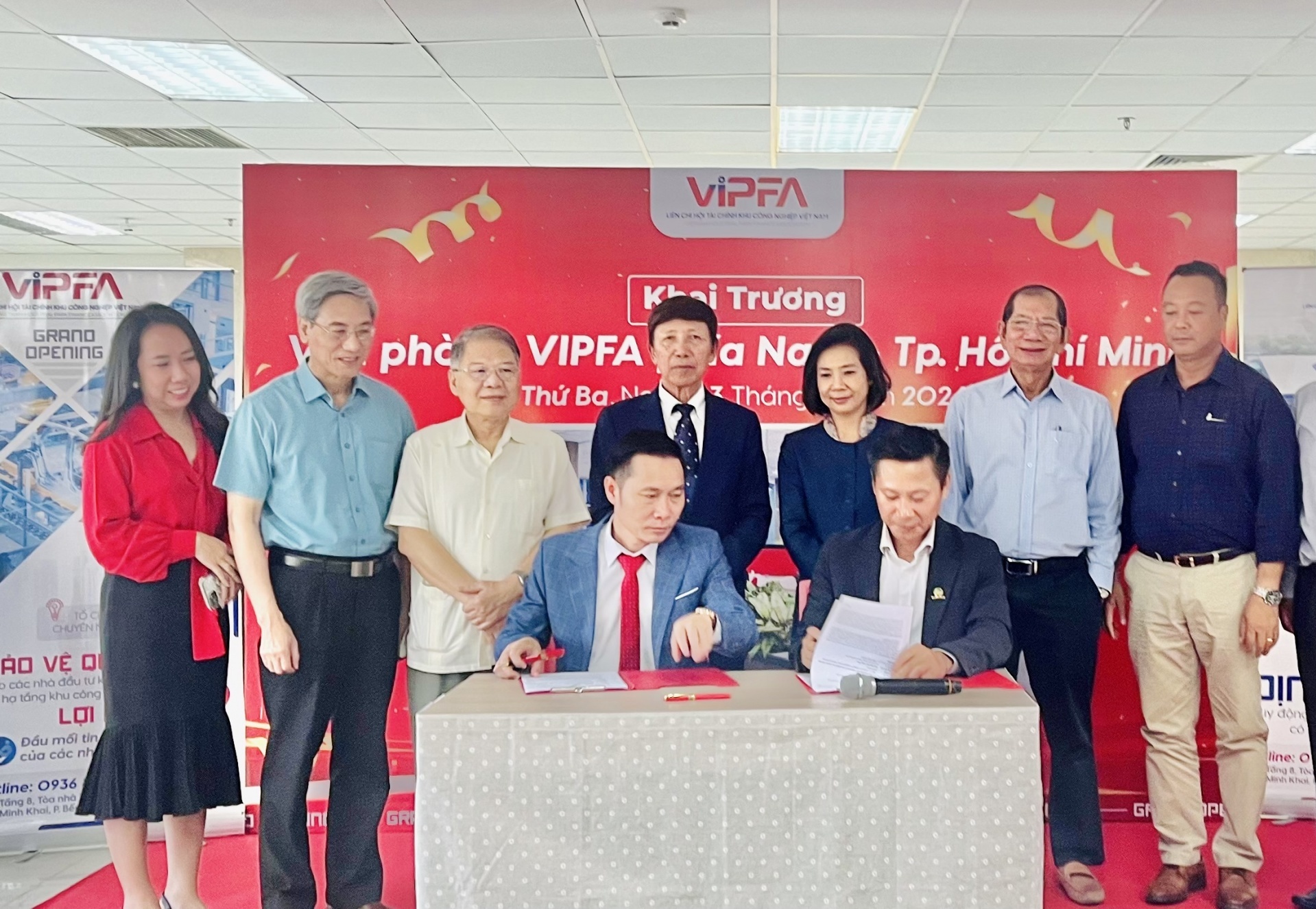



 Mobile Version
Mobile Version